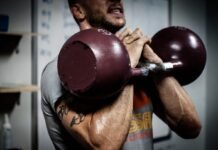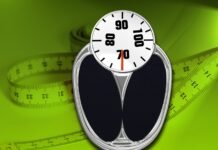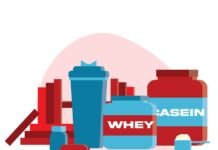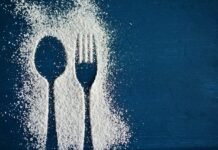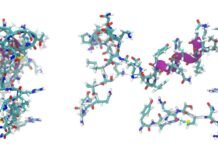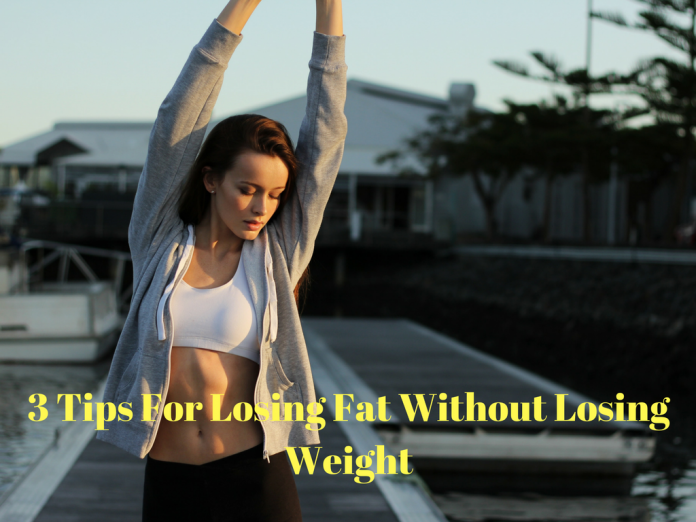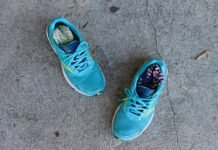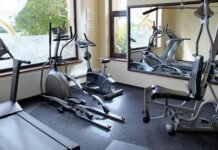With so much information that focuses only on losing weight, gaining muscle, or staying strong, little of it reflects the notion of burning fat without losing weight, and it is becoming a burning issue (pun intended) in the fitness community, especially for those who already have a healthy weight, but they’d like to get rid of the extra flab.
The essence of this problem comes down to finding the optimal nutrition and a training routine that will help you reduce fat while increasing muscle mass. No matter if you are a scrawny ectomorph or an endomorph who easily stores fat, there are several crucial ways in which you can work on achieving this elusive fitness goal, all the while safeguarding your health.
Be smart with your carbs
In order for your diet to start fulfilling its crucial role of feeding your muscles and not storing fat, you need to revise your calorie intake. Of course, in order to lose weight, you need a caloric deficit so that your body starts using stored energy (aka fat), but for an effective solution, you should build a diet plan that will not only focus on eating less, but also on improving your insulin sensitivity and increasing your consumption of healthy fats and proteins.
Keep your carb intake low during those days (and parts of days) when you are inactive, and increase your carb intake immediately before and after your workout to fuel your muscles with plenty of glycogen. This means that you need to ditch pastries, pasta, high-fat dairy and processed foods, including sweets, and move on to eggs, chicken breast, turkey breast, dark leafy greens, plenty of fruit and vegetables, as well as healthy fats such as olive oil and salmon.
However, during your workout, you will need healthy gym supplements to avoid pushing your body into a catabolic state and to improve your recovery, thus allowing protein synthesis and muscle growth while burning fat.
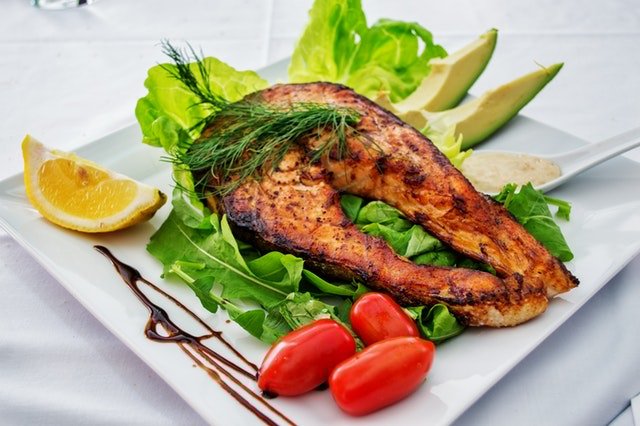 Adapt your resistance training
Adapt your resistance training
Especially if you’re prone to storing fat, you will need to rethink your training routine to include high volume, high intensity and heavy weights, without focusing solely on one or the other two. Heavy lifts are there to increase your strength and build lean muscles, but you also need to keep your heartrate up and push your workload progressively to reap the fat-burning rewards of lifting.
Therefore, strive for gradually increasing volume each week and design your plan in supersets, giant sets and drop sets, and don’t be afraid to slowly increase the weight on the bar as you progress. This will stimulate muscle hypertrophy while burning your stored fat for a more effective workout. You can also include HIIT segments into your routine, but make time for proper rest to avoid injury and depleting your body of your most essential nutrients.
Also, as for your weight training goes, isolation movements will not do you much good in terms of creating the right balance between fat-loss and muscle-gain. Therefore, you need to focus on compound movements such as squats, deadlifts, bench variations, overhead press, pull-ups, push-ups, row variations, and added core training. The beauty of weights is that they will not let your body become fuel-efficient, on the contrary, the more effort you invest in your training, the more you burn fat.
 Boost your recovery
Boost your recovery
The sheer amount of energy your body needs to push through strength and endurance workouts while on a restricted diet is more than enough stress for your system. That’s why a key element of any fat-loss regime that also utilizes your muscle building potential is proper rest. That means that you need to get at least eight hours of uninterrupted sleep every night, preferably at the same time in order to adjust your circadian rhythm.
However, you should also never underestimate the power of well-organized rest days, which should be strategically dispersed through your week to allow optimal muscle recovery and protein synthesis, which are crucial for building that muscle which will replace the fat you are so eager to lose. Another important segment both of your nutrition and recovery is adequate hydration, so make sure not to skip regular water intake.
Keep in mind that this is a slow, but rewarding process, and your physique along with your overall health will show the best results depending on your starting position only after a few regular, steady months of careful nutrition and training.

